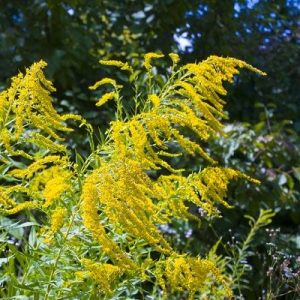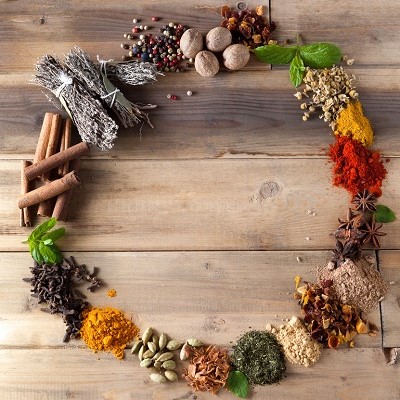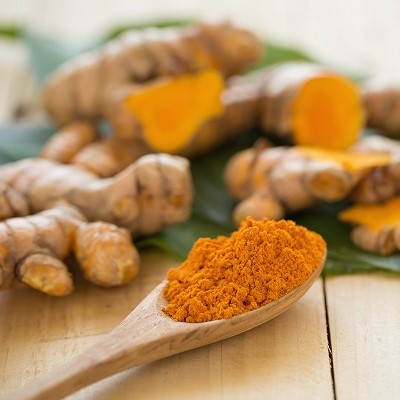Healthy You
 Seasonal allergies may change throughout the year, but they typically represent with the same symptoms, such as runny rose, watery eyes, coughing, and sneezing. If you notice you only get these symptoms in the fall, you probably have fall allergies – often called hay fever. Here are some ways to find relief from fall allergies:
Seasonal allergies may change throughout the year, but they typically represent with the same symptoms, such as runny rose, watery eyes, coughing, and sneezing. If you notice you only get these symptoms in the fall, you probably have fall allergies – often called hay fever. Here are some ways to find relief from fall allergies:
Types of Allergies in the Fall
Let’s start with the types of allergens you might experience in the fall season. Typically, when you have allergy symptoms in the fall or Autumn season, it is from weed pollen. This occurs near the end of the summer and beginning of fall.
There are many types of weed pollen, with ragweed being among the most common. The types of weed pollen you might be exposed to depend on where you live, but some others to be aware of include: Continue reading
Fall is the perfect time for a cup of tea. The weather gets cooler, and it feels so warm and cozy to wrap yourself in a blanket or sweater, and enjoy a hot cup of tea. Here are some tea recipes that are perfect for the fall season.
Fall Fruity Spice Tea
This first tea recipe is really great for the fall season, combining a lot of the best flavors and spices for the season. It is going to be a fruity concoction that has some sweetness, and also those fall spices you have grown to love. Continue reading
 There are a lot of amazing spices that are great to use in the fall, but they aren’t just for taste; many of them also have excellent health benefits for you. Here are some popular fall spices and the different ways they can benefit you.
There are a lot of amazing spices that are great to use in the fall, but they aren’t just for taste; many of them also have excellent health benefits for you. Here are some popular fall spices and the different ways they can benefit you.
Ginger
A popular spice to use in the fall, but also year-round is ginger. Ginger is also becoming more popular as people discover its many healing powers. Ginger can be used as the actual ginger root, which you can shave or grind yourself, or you can get ground ginger to make it a little easier.
Ginger is often used for cooking, from adding it to your Chinese food for a little spice, to cooking soup or chili with some ground ginger. You can also make ginger tea, which is amazing for nausea and digestion. Aside from helping with your digestive system, ginger is also great for pain and loss of appetite. Continue reading
 Unless you have been living under a rock for the past few years, you have probably heard of turmeric. This orange spice not only tastes great as a tea and in various foods, but it is loaded with important nutrients and antioxidants.
Unless you have been living under a rock for the past few years, you have probably heard of turmeric. This orange spice not only tastes great as a tea and in various foods, but it is loaded with important nutrients and antioxidants.
If you are brand new to using it, the following tips will help you to learn how you can use it every day.
Make Turmeric Tea
This is probably the most popular way to use turmeric, and often the easiest. All you need to do is drink one cup of tea each day that includes some ground or grated turmeric. You can do the grating yourself, or get it in finely-ground form from your local health food store or farmer’s market.
As with all spices, just make sure it doesn’t contain a lot of added ingredients. For turmeric tea, you can start with a regular cup of tea and add the turmeric into it, or make it with nothing but boiling water and ground turmeric. Some ways to flavor it include with lemon or honey. Continue reading



